Although most of our moths are night flyers, including some of our most spectacular species such as the sumptuous Elephant Hawk-moth there are some beautiful species flying now.
Here are five eye-catching day flyers. All five feed on flower nectar so you can obtain a close view of the animal. All five live in flower rich habitats and can be seen in bright sunshine.
All images copyright J.Harding.
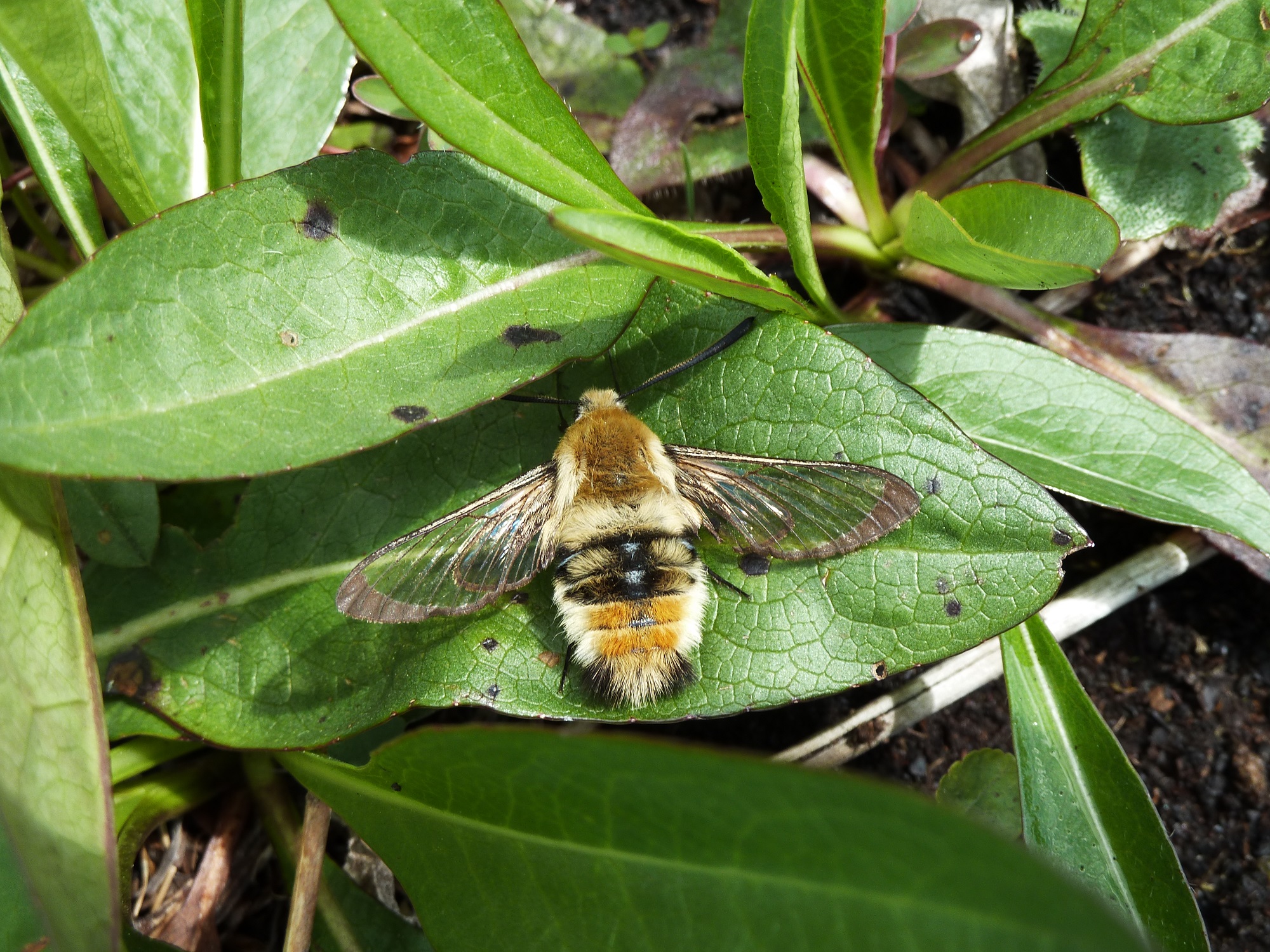
The Narrow-bordered Bee Hawk-moth is a bee mimic and breeds on Devil’-bit Scabious. It flies in May and June. It hovers as it sups nectar from Common Bird’s-foot-trefoil, Ragged Robin and other flowers. It buzzes like a bee too but does not sting! It is often found on the same sites as the Marsh Fritillary. The lovely green and purple larvae feed singly on the host-plant and are seen from June to August.
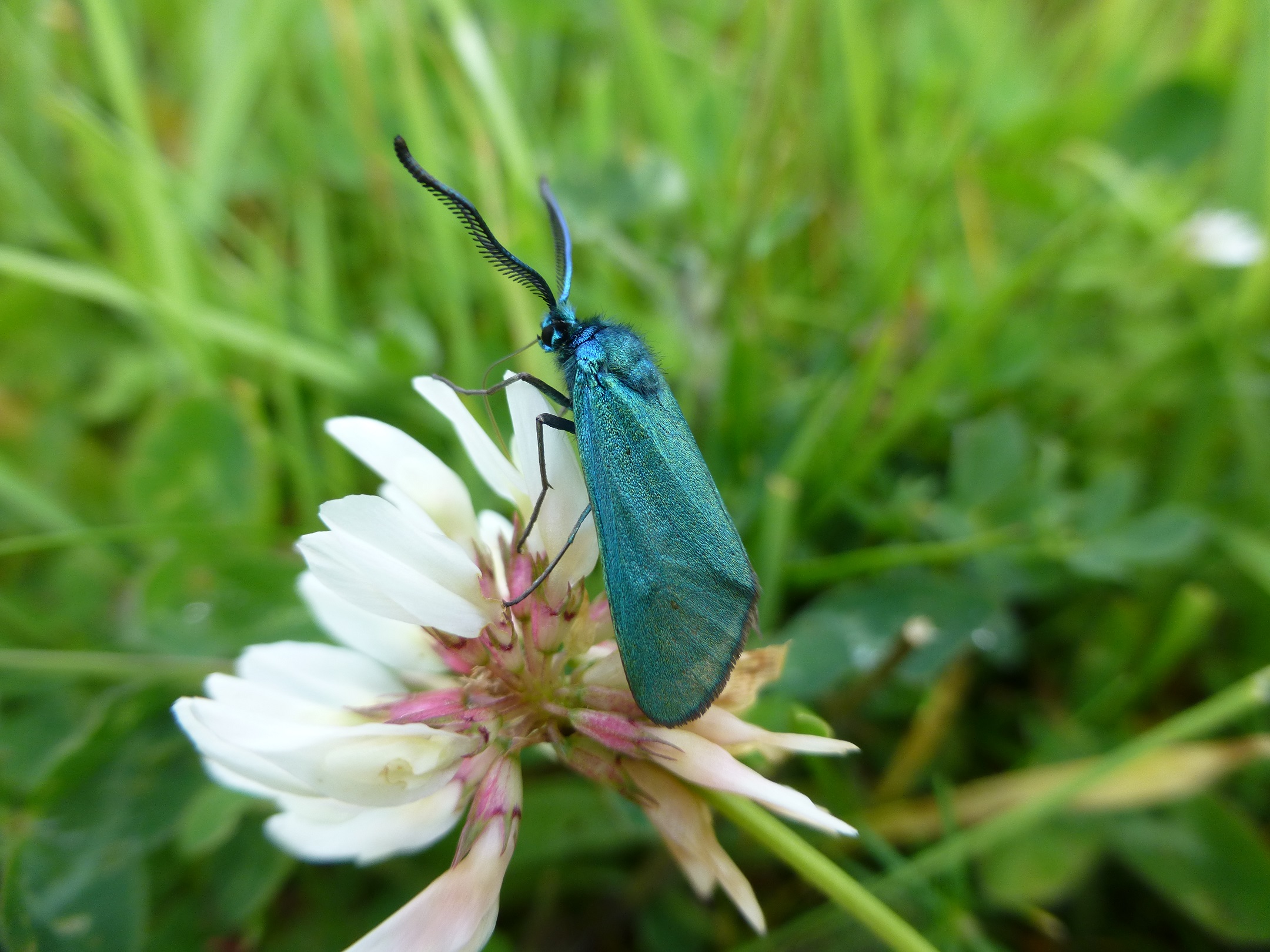
This little moth is often initially seen as a shimmer of gleaming, iridescent green but it soon settles, usually to feed. The larvae feed on Common Sorrel but despite the abundance of the plant this moth is uncommon but widely distributed. It is sometimes seen in small numbers in a small area of high quality habitat but I usually see just a single individual. The Small Copper may also be found in the same habitats.
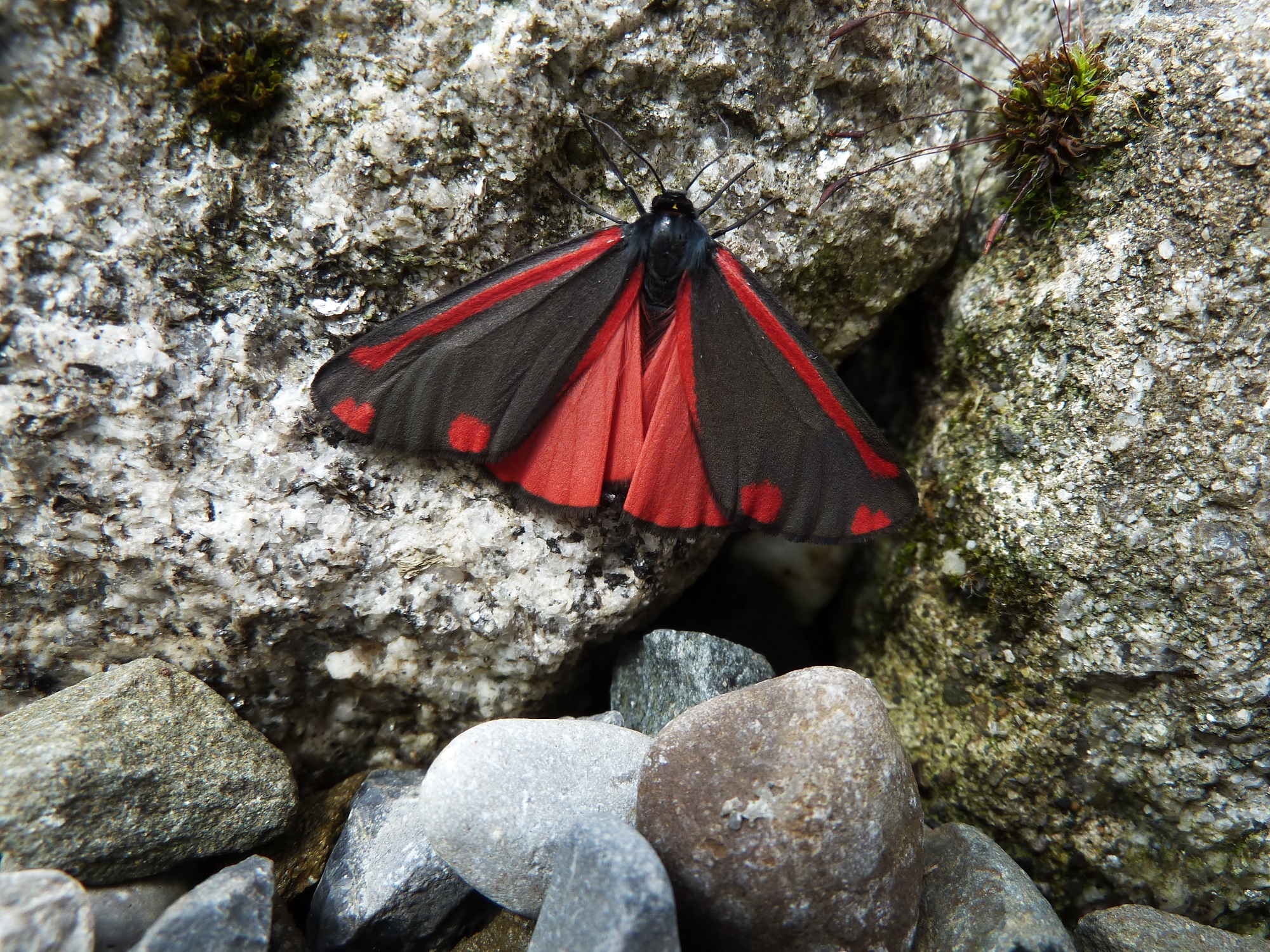
A highly distinctive moth both in the larval and adult states. Larvae feed communally on Groundsel and Common Ragwort, their yellow and black bands unmistakeable. Their bodies contain a cyanide compound derived from the host-plant and are avoided by birds. The moth is often abundant on vegetated sand dunes, quarries and weedy brownfield sites. While mainly a nocturnal moth, it frequently flies in the day. Its bright deep pink undersides are delightful to see in bright light, and children love their colours. However, handling it is not advised due to its toxicity.
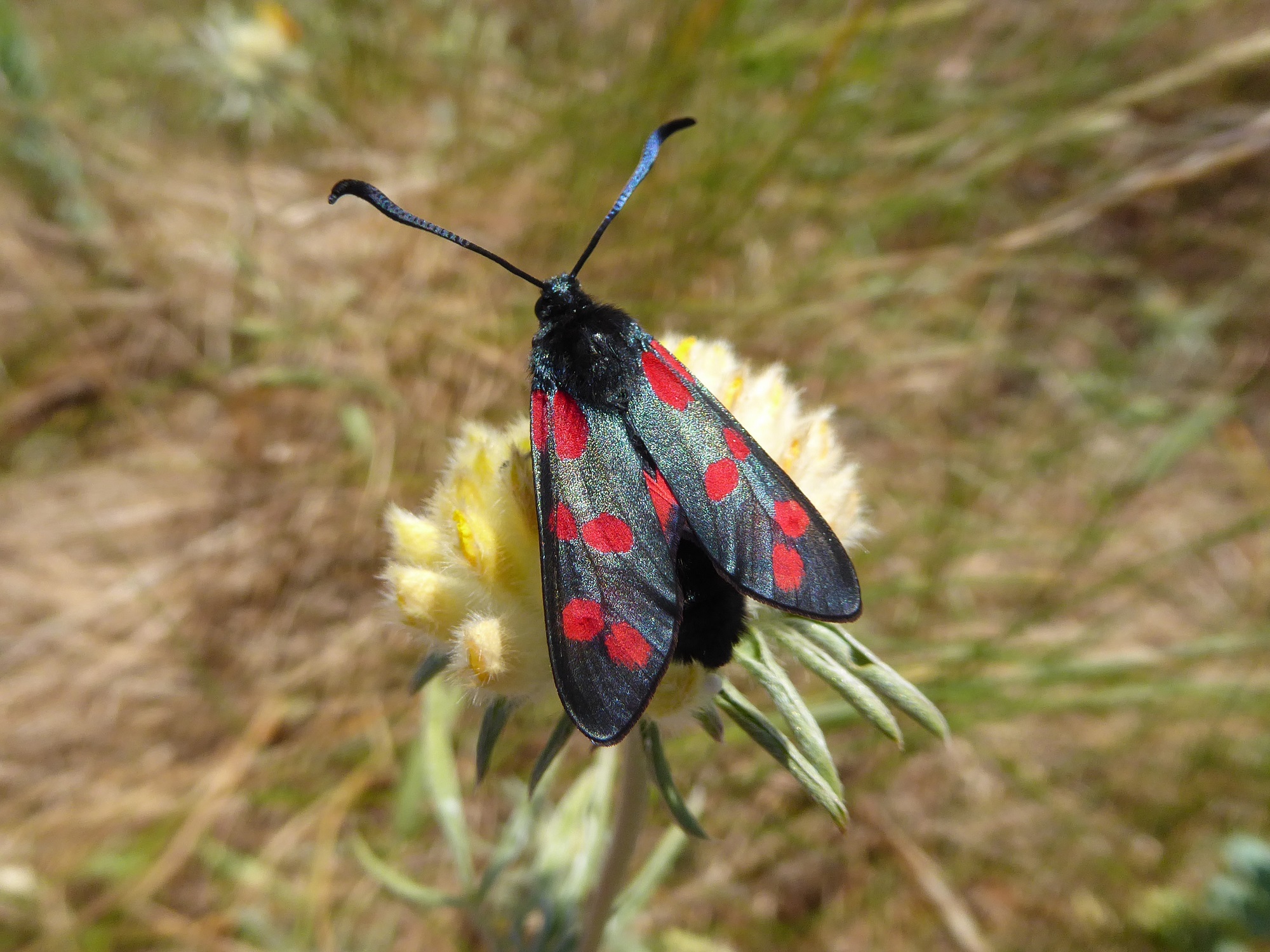
The Six-spot Burnet is a lovely moth that can be found in vast numbers on flower rich sand dunes where its larval host-plant, Common Bird’s-foot-trefoil is abundant. In some areas there may be thousands of these moths. They fly throughout the summer.
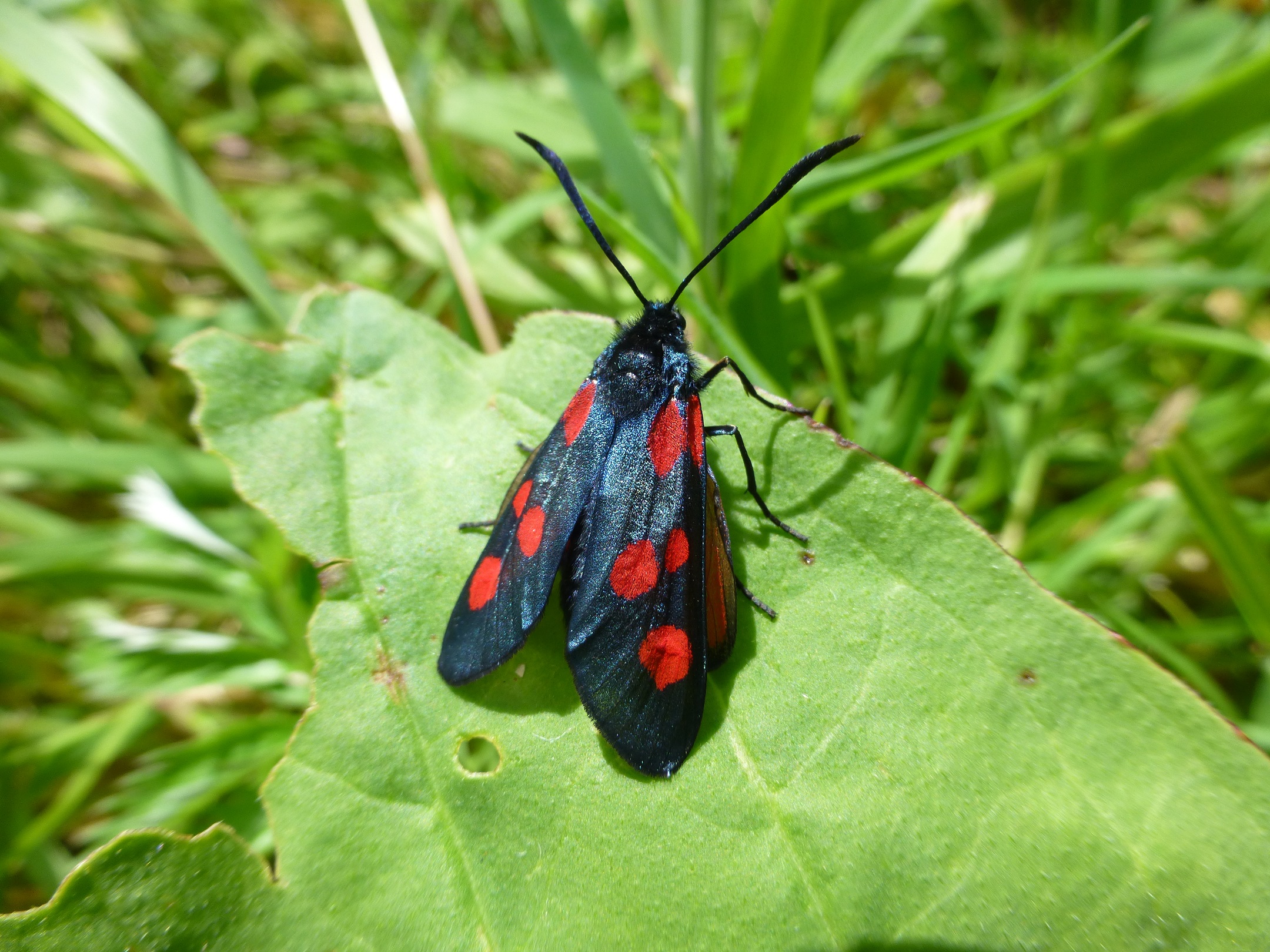
The Narrow-bordered Five-spot Burnet looks similar to the more common Six-spot Burnet and occur together on some inland sites but the Narrow-bordered Five-spot Burnet is much less common. It was believed to be very rare but many populations have been found in the past five years, including on Butterfly Conservation Ireland’s Lullybeg Reserve. It looks slightly smaller than the Six-spot Burnet and the larvae feed on Meadow Vetchling. It seems to prefer moister habitats and flies in June and July. It visits flowers and flies in sunshine. The moth that occurs in Ireland is subspecies insularis.
We like to hear of moth records too, so please email your sightings to us, giving us the details as described under the Records Tab.

